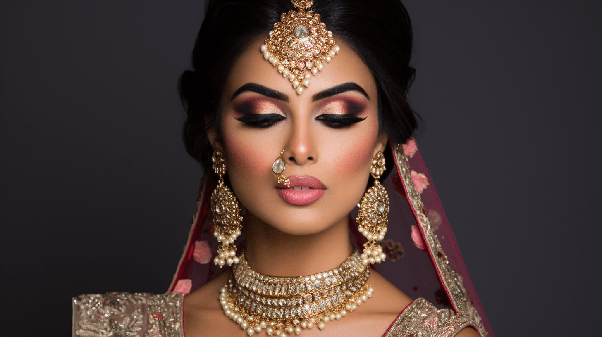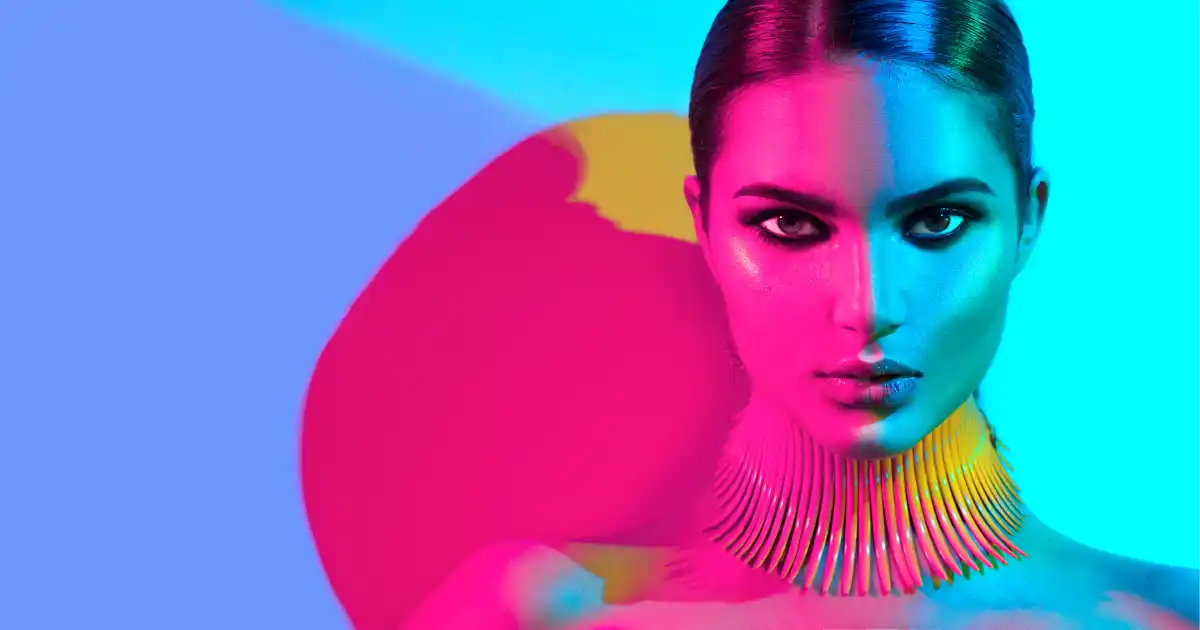In the kaleidoscope of self-expression, fashion stands as a vibrant canvas where individuals paint their stories, emotions, and identities. The world of fashion is a dynamic landscape, constantly evolving and weaving a tapestry of trends that reflect the spirit of each era. As we embark on this exploration of elegance, we unveil the intricate dance between tradition and innovation, personal expression and global influence that shapes the ever-evolving world of fashion.
The Rhythms of Fashion Evolution:
Fashion, much like art, is a mirror reflecting the cultural, social, and economic currents of its time. The evolution of fashion is a rhythmic dance, where styles from the past resurface, collide with contemporary influences, and give birth to entirely new expressions. This continuous cycle ensures that fashion remains a living, breathing entity, adapting to the ethos of each generation.
The evolution of fashion trends is influenced by a multitude of factors – historical events, technological advancements, societal shifts, and the ebb and flow of global cultures. From the structured silhouettes of the Victorian era to the rebellious spirit of the 1960s, and the minimalism of the 1990s, each period leaves an indelible mark on the fashion landscape.
Cultural Crossroads:
One of the most enchanting aspects of fashion lies in its ability to transcend borders and serve as a universal language. In the global village that the world has become, fashion acts as a cultural ambassador, with designers drawing inspiration from diverse traditions, fabrics, and craftsmanship.
The traditional garments of different cultures often find their way onto international runways, creating a fusion of styles that celebrates diversity. Designers weave intricate patterns from Indian saris, embrace the elegance of Japanese kimonos, and incorporate the vibrancy of African textiles. This intermingling of cultural elements not only enriches the fashion landscape but also fosters a sense of global interconnectedness.
The Influence of Technology:
In the 21st century, technology has become a driving force shaping the direction of fashion. The advent of the internet, social media, and e-commerce has democratized the fashion industry, giving rise to a new era of accessibility and immediacy. Fashion shows are livestreamed, and trends can be instantly shared, liked, and adopted by a global audience.
Virtual and augmented reality are transforming the way consumers experience fashion. Virtual try-ons, digital fashion shows, and online styling platforms are changing the dynamics of how individuals engage with and consume fashion. Technology has become an integral part of the design process, from 3D printing of garments to the use of artificial intelligence in creating personalized shopping experiences.
Sustainable Fashion:
As awareness of environmental issues grows, the fashion industry is undergoing a profound shift towards sustainability. Consumers are increasingly mindful of the ecological footprint of their clothing, prompting designers to explore eco-friendly materials, ethical production practices, and circular fashion models.
Upcycling and repurposing garments have become key elements of sustainable fashion, encouraging a shift away from the fast fashion mentality. Designers are embracing slow fashion principles, creating timeless pieces that prioritize durability and versatility over fleeting trends. Sustainability is not just a trend; it’s a paradigm shift that reflects a commitment to both style and the planet.
Personal Expression and Identity:
Fashion serves as a powerful tool for self-expression, allowing individuals to communicate their identity, beliefs, and aspirations. From the tailored suits that exude professionalism to the bohemian ensembles that whisper of free spirits, every choice in attire becomes a statement about who we are and how we wish to be perceived.
The rise of gender-neutral fashion is challenging traditional norms, breaking down stereotypes and embracing a more inclusive definition of beauty. Designers are blurring the lines between masculine and feminine aesthetics, offering a spectrum of styles that cater to individual preferences rather than societal expectations.
Influence of Fashion Icons:
Fashion icons, both historical and contemporary, play a pivotal role in shaping trends and inspiring the masses. From Audrey Hepburn’s timeless elegance to the bold and avant-garde choices of Lady Gaga, these individuals become living embodiments of the styles they champion. The impact of fashion influencers on social media further amplifies this phenomenon, creating a direct and immediate connection between designers and consumers.
Fashion icons not only dictate trends but also contribute to the cultural conversations of their time. They challenge conventions, redefine beauty standards, and use their platform to advocate for social change. The symbiotic relationship between designers, icons, and consumers ensures that fashion remains a dynamic dialogue that reflects and shapes societal values.
The Runway and Beyond:
The runway is the epicenter of fashion, where designers transform ideas into tangible expressions of creativity. Fashion weeks around the world unveil collections that set the tone for the seasons ahead. The runway is a spectacle, a carefully choreographed show that goes beyond the garments themselves to convey a narrative, a mood, or a statement.
While the runway showcases the pinnacle of artistic expression in fashion, the true impact of style is felt beyond the catwalk. Street fashion, influenced by everyday individuals, influencers, and subcultures, creates a vibrant tapestry that often propels trends into the mainstream. The democratization of fashion means that style is no longer dictated solely by designers; it is co-created by a global community.
Fashion in Flux:
The fluid nature of fashion ensures that it is always in flux, resisting categorization or confinement. Trends come and go, only to resurface in new and unexpected forms. Vintage revivals, reimagined classics, and experimental creations continuously push the boundaries of what is considered fashionable.
Fashion has also become more inclusive, embracing diverse body types, ethnicities, and ages. The fashion industry is witnessing a departure from the homogeneity of beauty standards, championing authenticity and representation. This inclusivity not only reflects the evolving societal ethos but also expands the definition of beauty in the realm of fashion.
Fashion and the Future:
As we navigate the ever-evolving tapestry of fashion, the future promises to be a canvas of infinite possibilities. Sustainability, inclusivity, and technological innovation will likely continue to be driving forces shaping the industry. The boundaries between physical and digital fashion may blur further, and the concept of ownership might transform with the rise of virtual and augmented reality experiences.
Fashion will continue to be a powerful force for self-expression, cultural dialogue, and societal change. It will remain a celebration of individuality, a reflection of our shared history, and a beacon pointing towards the aspirations of the future. In the world of fashion, where elegance is perpetually unveiled, the journey is as important as the destination, and the only constant is the ever-changing rhythm of creative expression.



